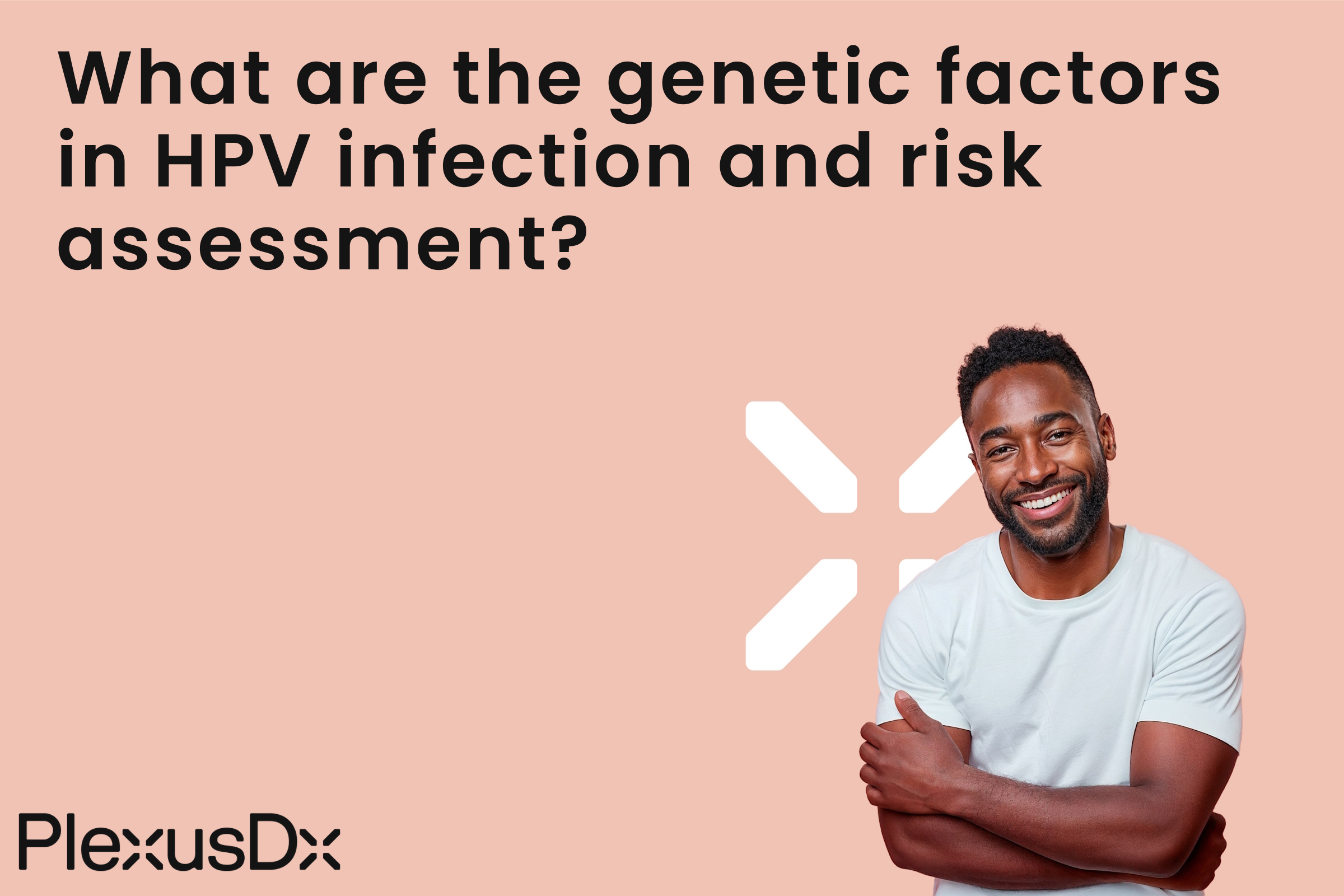HPV Infection: Understanding the Risks and Genetic Factors
HPV infection represents a widespread STI which demands comprehensive understanding to protect reproductive and sexual health. The human papillomavirus (HPV) presents itself through multiple forms ranging from harmless warts to dangerous diseases such as cervical cancer. Our blog post examines the complex nature of HPV infection through an investigation of its consequences and genetic factors as well as its risk determinants.
HPV infection represents a widespread condition which spreads from person to person during sexual activity or through skin-to-skin touch. Human papillomavirus presents in multiple forms with some types producing harmless warts while others contribute to cancer development with cervical cancer being the most significant. HPV infection manifests through genital warts as well as common warts on hands and fingers together with plantar warts on feet and flat warts on the face or legs. A healthcare professional must assess and manage any suspected HPV infection that manifests through warts or other signs.
Several risk factors contribute to HPV infection including risky sexual behavior and age since common warts typically develop during childhood whereas genital warts are typical in early adulthood and compromised immune function along with damaged skin and contact with infected individuals or contaminated surfaces. HPV infections are heavily impacted by genetic factors which regulate cell growth and division along with immune responses to pathogens and DNA repair processes. The genetic model for HPV infection has supporting evidence but the current quality of evidence stands at 2 out of 5 which shows that more research is necessary to confirm genetic predispositions for HPV infection. The genetic foundations of HPV infection reveal important details about personal vulnerability and prevention possibilities.
People who want to understand their HPV infection risk or gain tailored reproductive and sexual health information should consider taking Precision Health & Wellness tests from PlexusDx as a proactive health measure. Analyzing genetic data through these tests enables people to understand their predispositions to certain conditions and gain knowledge to make better health choices. HPV infection emerges from the combined impacts of genetics along with environmental and behavioral influences. Educating oneself about the risk factors of HPV infection along with its symptoms and genetic implications enables people to protect their sexual and reproductive health effectively. Successful management of HPV infection requires both prompt diagnosis and proper medical supervision. Obtain control over your health now through the Precision Health & Wellness tests which PlexusDx offers at their official site PlexusDx.com as well as through Amazon and Walmart. Maintain awareness and take action to protect your personal health.

Share:
What are the genetic factors in IBD risk and management strategies?
Symptoms and risks of Subarachnoid Hemorrhage (SAH)?